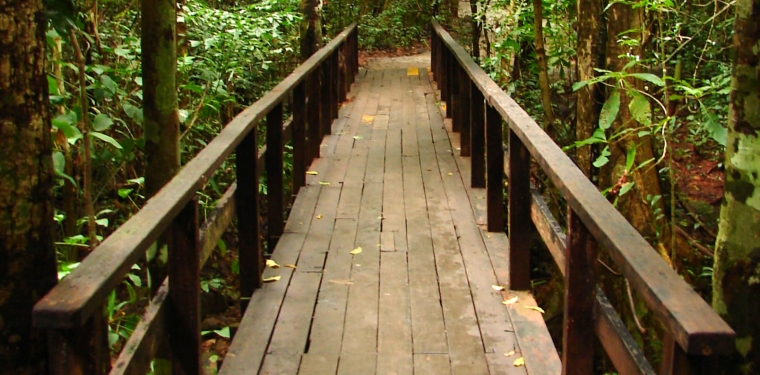Repurpose Old Wood to Benefit the Environment.

Reduce, reuse and recycle has become the mantra of the green movement. Many people in the craft and construction industry are taking that one step further by adding a fourth R, namely, repurpose. Nowhere is repurposing more prevalent than in the wood industry as reclaimed lumber has become an important source of construction material.
Reclaimed lumber comes from a variety of sources that include old barns, factories, warehouses and even boxcars and pallets. Most of this wood comes from deconstruction projects and there is a lot of it. Some estimates indicate that more than three trillion board feet of wood have been milled in the United States since 1900. That’s a lot of wood. While not all deconstructed wood is suitable for repurposing, much of it is, and if you’re savvy enough, you can often get it for free.
The Benefits of Reclaimed Wood
Using reclaimed wood to construct furniture, create floors or for similar projects has myriad benefits. For one, , even if you can’t find what you need for free, it’s usually much less expensive than newly milled wood. Its benefits, however, go well beyond cost:
- Reduces the consumption of new timber, resulting in less disturbance to forest ecosystems
- Reduces landfill waste
- Has a lower carbon footprint than new lumber
- Gains points toward LEED certification
- Often is of higher quality as it is seasoned and stable
- Has a “history,” which adds to its value
How to Select Reclaimed Wood
Pay close attention to the wood you choose for your projects because it will make a difference in the quality. Plan your project before going to select that wood so you know how much you will need. You may even have some old, unused pieces sitting at home that could possibly use. Nevertheless, make sure that no matter where you get your wood, that it is clean and will fit the following criteria.
1. Look for pests. Live insects or holes that could have been made by bests will weaken and damage the wood. The wood may also harbor unseen insects that could end up wreaking havoc in your home.
2. Check the strength. Most reclaimed wood is stronger, but if it’s rotted or otherwise compromised, it will bend easily and not be suitable for your project.
3. Check for damage or dangerous coatings. If you see evidence of coatings, don’t take it. Old paint can harbor toxins such as lead. Similar, you don’t want a piece of wood that has cracks, holes or splinters because the integrity of the wood will be compromised. Also ask about the source of the wood, as it can tell you a lot about its possible toxicity.
Types of Project
Reclaimed wood has a rustic look, so it’s ideal for wood floors in informal rooms. shelving systems are another viable choice or even make a headboard for your mattress. The choice is yours and the environment will thank you.




